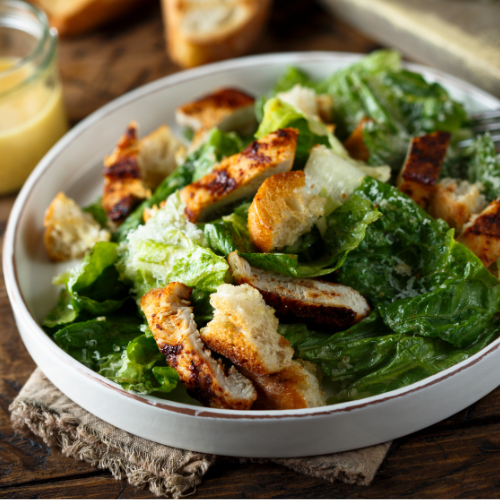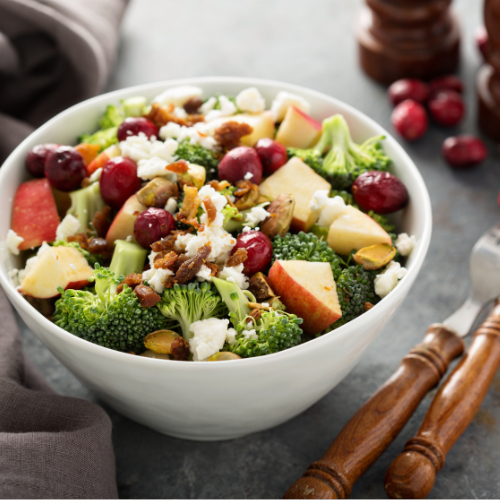Before we dive into the delicious world of maple mustard tempeh bowls, let’s first understand the star ingredient: tempeh.

What is Tempeh?
Tempeh is a plant based protein source originating from Indonesia. It’s made from fermented soybeans, but unlike tofu, which uses soy milk, tempeh utilizes the whole soybean. The soybeans are cooked, hulled, and partially cooked again before being inoculated with a specific type of Rhizopus mold. This mold binds the soybeans together into a compact, cake like form. The fermentation process not only binds the beans but also enhances their nutritional profile and digestibility.
The resulting product has a firm, chewy texture and a nutty, earthy flavor. Because of its dense structure, tempeh holds its shape well during cooking, making it ideal for grilling, baking, or pan frying. It readily absorbs marinades and sauces, allowing for a wide range of flavor combinations.
Nutritional Powerhouse:
Tempeh is a nutritional powerhouse, offering a complete protein source, meaning it contains all nine essential amino acids. It’s also an excellent source of fiber, prebiotics, iron, manganese, and various vitamins and minerals. The fermentation process increases the bioavailability of certain nutrients, making them easier for the body to absorb. Additionally, tempeh contains isoflavones, which are plant compounds with potential health benefits, including reducing the risk of certain cancers and improving bone health.
Why Tempeh is Perfect for Fall:
Tempeh’s hearty texture and earthy flavor profile make it a perfect fit for fall dishes. Its versatility allows it to be incorporated into warm, comforting meals that are ideal for cooler weather. The nutty flavor pairs beautifully with the sweetness of maple syrup and the tanginess of mustard, creating a balanced and satisfying dish.
Fall Favorite: Maple Mustard Tempeh Bowls – A Celebration of Flavors and Textures.
As the leaves change color and the air turns crisp, our cravings shift towards warm, comforting meals. These Maple Mustard Tempeh Bowls embody the essence of fall, combining the earthy flavors of tempeh with the sweetness of maple syrup and the tangy kick of mustard. This recipe is not only delicious but also packed with nutrients, making it a healthy and satisfying option for any autumnal meal.
The Foundation: Perfectly Cooked Tempeh.
The key to a successful tempeh bowl lies in properly preparing the tempeh. Start by steaming or boiling the tempeh for about 10 minutes. This helps to mellow out the sometimes strong, beany flavor and create a more palatable base for the marinade. Once steamed, slice the tempeh into bite sized cubes or strips.
The Maple Mustard Magic:
The magic of this dish lies in the simple yet powerful marinade. Whisk together maple syrup, Dijon mustard, soy sauce (or tamari for gluten free), apple cider vinegar, and a touch of smoked paprika. The combination of sweet, tangy, and smoky flavors creates a symphony of tastes that perfectly complements the earthy tempeh. Toss the steamed tempeh in the marinade, ensuring it’s evenly coated.
Roasting to Perfection:
Preheat your oven to 400°F (200°C). Spread the marinated tempeh on a baking sheet lined with parchment paper. Roast for 20-25 minutes, flipping halfway through, until the tempeh is golden brown and crispy. The roasting process caramelizes the marinade, creating a sticky, flavorful coating on the tempeh.

Building the Bowl: A Canvas of Autumnal Flavors.
While the tempeh roasts, prepare the other components of your bowl. The beauty of these bowls lies in their versatility. You can customize them with your favorite fall vegetables and grains.
Grain Options:
- Quinoa: A complete protein and a good source of fiber.
- Brown Rice: A nutty and wholesome grain.
- Wild Rice: Adds a chewy texture and earthy flavor.
- Farro: A hearty and nutritious ancient grain.
Vegetable Options:
- Roasted Sweet Potatoes: Adds sweetness and vibrant color.
- Roasted Brussels Sprouts: Adds a slightly bitter and nutty flavor.
- Roasted Butternut Squash: Adds creamy texture and sweetness.
- Kale: Adds a hearty and earthy flavor.
- Cranberries: Adds a burst of tartness and festive color.
- Pecans: Adds a crunchy texture and nutty flavor.
Finishing Touches:
Once the tempeh is roasted and the other components are prepared, assemble your bowls. Start with a base of your chosen grain, followed by a generous helping of roasted vegetables. Top with the crispy maple mustard tempeh. For an extra layer of flavor and creaminess, drizzle with a tahini dressing or a dollop of vegan yogurt.
Variations and Additions:
The beauty of these bowls is their adaptability. Feel free to experiment with different flavors and ingredients.
- Add a sprinkle of toasted sesame seeds for added crunch.
- Incorporate chopped fresh herbs like parsley or cilantro for freshness.
- Drizzle with a spicy sriracha mayo for a kick.
- Add a squeeze of fresh lemon juice for brightness.
Making it a Meal Prep Staple:
These Maple Mustard Tempeh Bowls are perfect for meal prepping. Roast a large batch of tempeh and vegetables on the weekend and store them separately in airtight containers. Cook your chosen grain and assemble your bowls as needed throughout the week. This makes for a quick, healthy, and satisfying lunch or dinner option.
Deep Dive into Tempeh Production and Benefits:
Tempeh production begins with soybeans, which are soaked, dehulled, and partially cooked. This process prepares the beans for fermentation. A starter culture containing Rhizopus oligosporus or Rhizopus oryzae is then added. These are beneficial molds that bind the soybeans together and initiate the fermentation process.
During fermentation, the mold grows throughout the soybean cake, creating a dense, white mycelium. This mycelium is what gives tempeh its characteristic texture and appearance. The fermentation process also breaks down complex carbohydrates and proteins, making them easier to digest. It also produces beneficial compounds like vitamins B12 and K2.
Tempeh’s nutritional profile is impressive. It’s a complete protein source, providing all nine essential amino acids. It’s also a good source of fiber, which promotes digestive health and can help regulate blood sugar levels. Tempeh is rich in prebiotics, which feed beneficial bacteria in the gut. It also contains various minerals, including iron, manganese, and phosphorus.
The isoflavones present in tempeh are plant compounds with potential health benefits. These compounds have antioxidant properties and may help reduce the risk of certain cancers, improve bone health, and alleviate menopausal symptoms.

Tempeh vs. Tofu: A Comparison
While both tempeh and tofu are derived from soybeans, they differ in their production methods and nutritional profiles. Tofu is made from soy milk, which is coagulated and pressed into blocks. Tempeh, on the other hand, uses the whole soybean and undergoes fermentation.
Tempeh has a firmer texture and a more pronounced, nutty flavor compared to tofu, which has a milder flavor and a softer texture. Tempeh is also generally considered more nutritious than tofu, as it retains more of the soybean’s fiber and nutrients. The fermentation process also enhances the bioavailability of certain nutrients in tempeh.
Tempeh in Culinary Applications:
Tempeh’s versatility makes it a valuable ingredient in various cuisines. It can be marinated, grilled, baked, pan fried, or crumbled. Its firm texture allows it to hold its shape well during cooking, making it ideal for stir fries, salads, sandwiches, and bowls. Tempeh can also be used as a ground meat substitute in dishes like chili, tacos, and burgers.
Sustainability of Tempeh:
Soybeans are a relatively sustainable crop, requiring less water and land than many other protein sources. Tempeh production also generates minimal waste, as the entire soybean is utilized. Choosing tempeh over animal based protein sources can contribute to a more sustainable food system.
Full recipe: https://www.pinchofyum.com/fall-favor… Instagram: / pinchofyum Facebook: / pinchofyum Twitter: / pinchofyum Pinterest: / pinchofyum
Questions and Answers:
- Q: Can I eat tempeh raw? A: While technically possible, it’s not recommended. Cooking tempeh improves its digestibility and enhances its flavor.
- Q: How should I store tempeh? A: Store tempeh in the refrigerator, tightly wrapped, for up to 7 days. You can also freeze tempeh for longer storage.
- Q: Is tempeh gluten free? A: Tempeh itself is gluten free. However, be sure to check the labels of any marinades or sauces used, as some may contain gluten.
- Q: What are some other ways to flavor tempeh besides maple mustard? A: Tempeh can be flavored with a variety of sauces and spices, such as barbecue sauce, teriyaki sauce, peanut sauce, curry powder, or chili powder.
- Q: Can I use a different type of mustard in the maple mustard marinade? A: Yes, you can substitute Dijon mustard with other types of mustard, such as yellow mustard, stone ground mustard, or whole grain mustard. Each type of mustard will impart a slightly different flavor profile.
